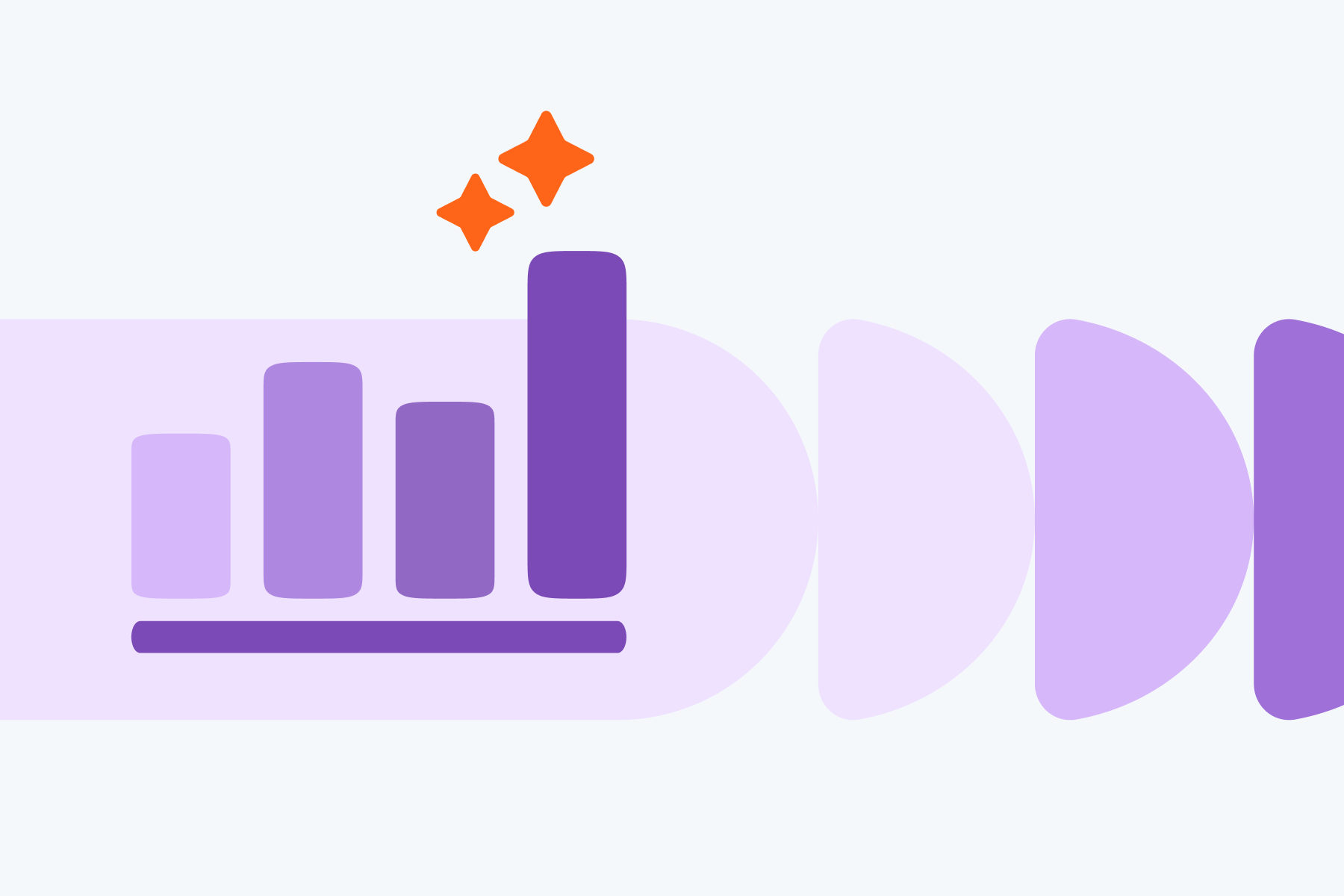Don’t Pause - Perform: Smart SaaS PPC Strategies for Summer
Layla Abilova
July 2, 2025
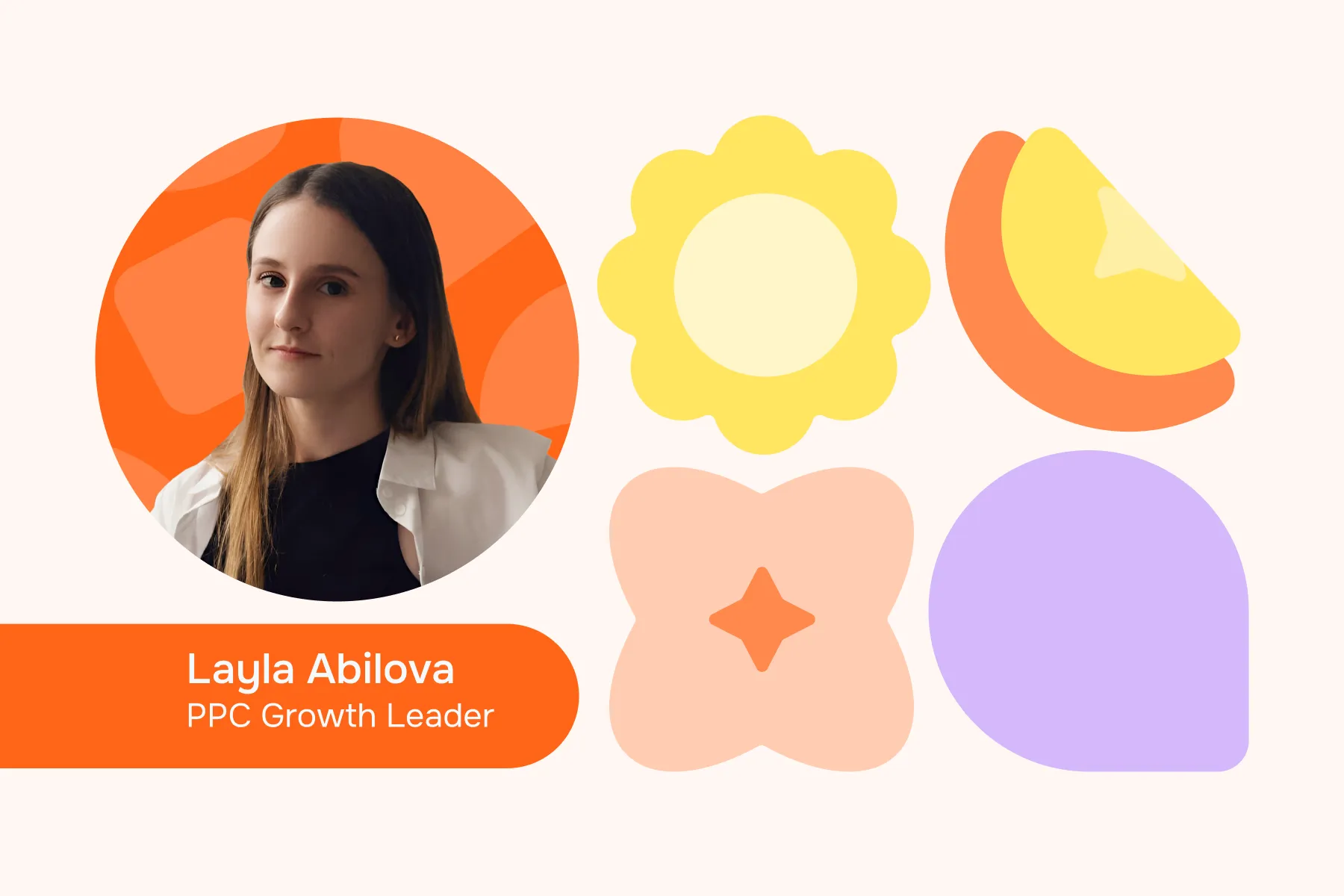
For B2B SaaS, paid advertising isn’t optional. With sales cycles that span weeks or even months, and deal sizes that justify the spend, PPC is often the most direct way to generate pipeline and warm up high-intent buyers.
But during seasonal slowdowns - think summer months when teams are out of office and buying stalls - it gets harder. Clicks are cheaper, but conversions dip. Budgets get pulled and campaigns go on pause.
And that’s usually a mistake.
In this article, our PPC Growth Lead Layla shares 10 expert-backed tactics to help SaaS marketers make the most of the “slow season.” Because with the right strategy, these months are your best opportunity to build brand equity, refine targeting, and test new angles, so you’re ready to scale when the market reactivates.
Let’s go.
1. Feed the Algorithms, Even When Lead Volume Is Low
Most SaaS PPC accounts don’t generate enough hard conversions (demos, trials, signups) to train smart bidding effectively. Platforms like Google Ads, Meta, and LinkedIn rely on consistent conversion signals to optimize bidding and targeting. If you're only getting 5-10 true conversions a week, the algorithm struggles. You stay stuck in learning mode and pay more for worse results.
Solution: introduce micro-conversions.
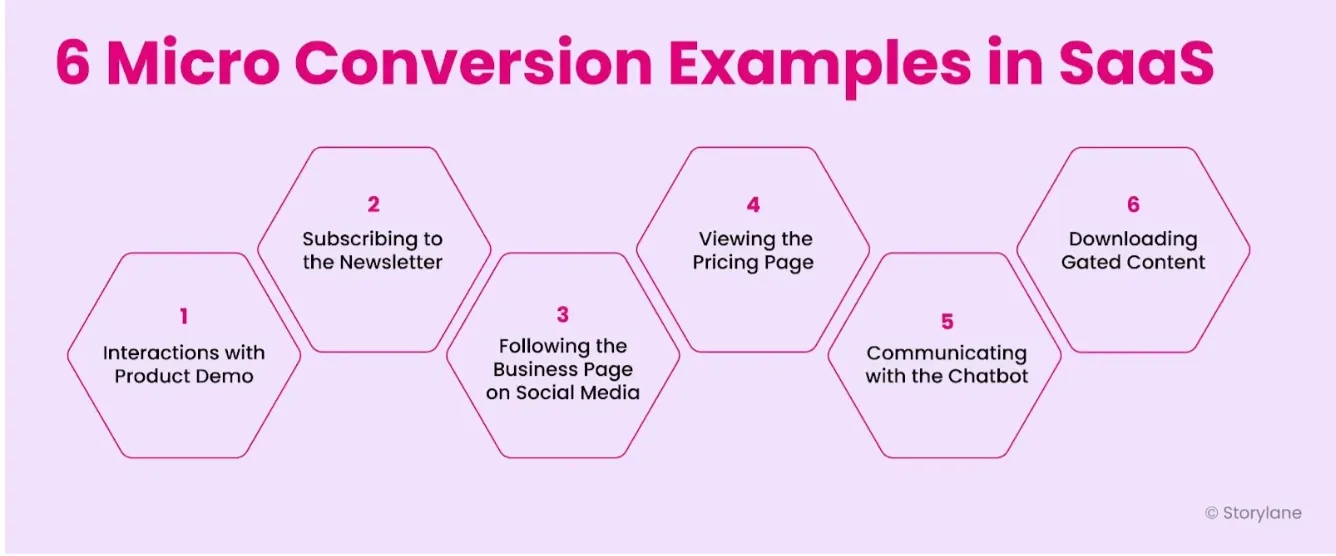
These are small actions that show real buying intent before someone’s ready to convert. They help fill the data gap and make your campaigns smarter. Try:
- Newsletter subscriptions
- Whitepaper or case study downloads
- Button clicks (e.g., “See Pricing,” “Watch Demo”)
- Scroll depth or 3+ pageviews per session
- Engaged sessions (over 2 minutes)
Even when full conversions slow, you’re still sending useful signals, and engaging users earlier in the journey.
We break this down further in our 2025 PPC guide, including how early-stage actions like pricing views and content engagement can train your funnel.
2. Don’t Go Dark in Summer, Play the Long Game
Slashing budgets in summer might feel safe, but in B2B SaaS, it's risky. Sales cycles are long, and awareness built in Q3 often pays off in Q4. When others go quiet, you stay visible.
Here’s how to stay active and strategic:
- Keep branded campaigns live.
Even if buyers aren’t converting, a steady presence builds familiarity. When they’re ready, they’ll remember who showed up consistently. - Shift budget toward educational, mid-funnel content.
Whitepapers, use cases, and product explainers helps buyers self-educate without pressure. It’s not about pushing, it’s about helping them explore your value and stay engaged. - Reallocate spend toward upper/mid funnel.
Bottom-funnel pushing won’t help if people aren’t ready. Build awareness and interest now, so you're already in the mix when intent returns.
You’re not chasing quick wins, you’re planting seeds. And when the market picks up in fall, you’ll already be the brand they trust.
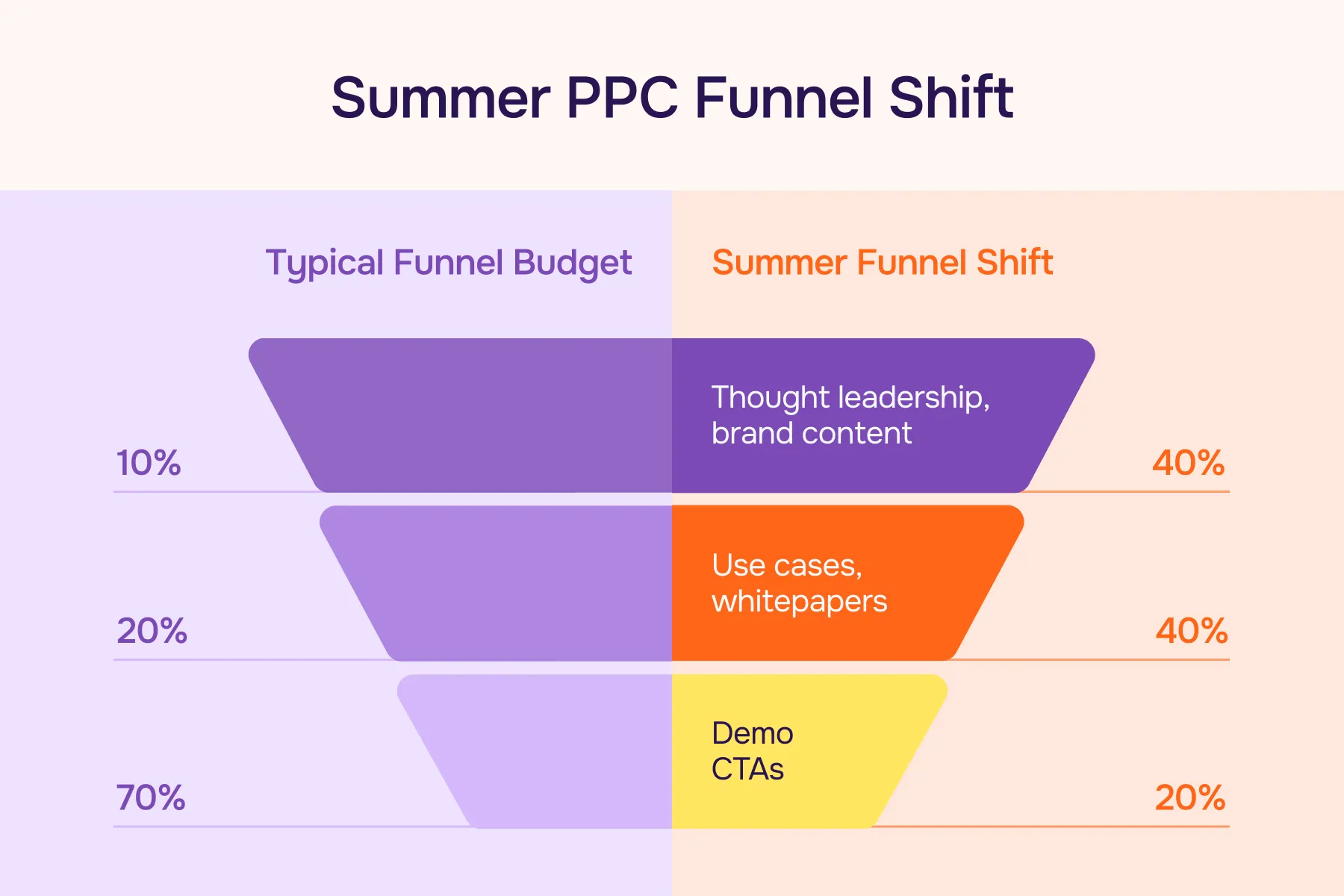
3. Audit What’s Working and Cut What’s Dragging You Down
Summer’s slower pace is ideal for cleanup. A performance audit can uncover quick wins and eliminate waste, just in time for fall.
Here’s how to approach it:
- Review campaign data from the last 60–90 days.
Spot what’s working and what’s quietly draining spend. Prioritize based on real outcomes (like MQLs or SQLs). - Analyze by segment: audience, creative, offer.
Which combinations are driving the best results? Which channels or targeting setups underperform? Map your strongest performing “triplets” and double down on those. - Cut or rework what’s not converting.
If a campaign isn’t converting, or brings low-quality leads, don’t drag it into Q4. Refresh or shut it down. - Turn audit insights into A/B tests.
Every weak spot is a chance to test better. Use the lull to experiment and optimize. You’ll find practical ideas in our guide to PPC CRO services, including which improvements drive the biggest lift in lead quality and conversion rates.
A summer audit gives you clarity now and a head start when the market picks up in fall.
4. Update Your Messaging, It’s Not January Anymore
Just because your product hasn’t changed doesn’t mean your message should stay the same. Buyer priorities shift with the season - and your ads need to reflect that.
Here’s how to realign:
- Revisit your customer’s current pain points.
Summer priorities shift: teams shrink, budgets tighten, and operations slow. Speak directly to those seasonal realities: cost control, leaner workflows, and staying productive with less. - Feature companies that didn’t hit pause.
Case studies from businesses staying productive during off-season prove your value isn’t seasonal, it’s reliable. That’s compelling when everyone else is treading water. - Frame your product as future-ready.
Position your product as the steady hand during uncertain times. Highlight long-term benefits like resilience, efficiency, and readiness for fast growth when the market rebounds.
The goal? Stay relevant in the moment, so you stay in the running when decisions ramp back up. You’re not chasing conversions today, you’re shaping perception for tomorrow.
5. Build a Real Remarketing Journey
Remarketing isn’t just about reminding people you exist, it’s about guiding them back with purpose. In SaaS, most buyers don’t convert on the first visit. That’s why a thoughtful, staged remarketing flow is key to getting them across the line.
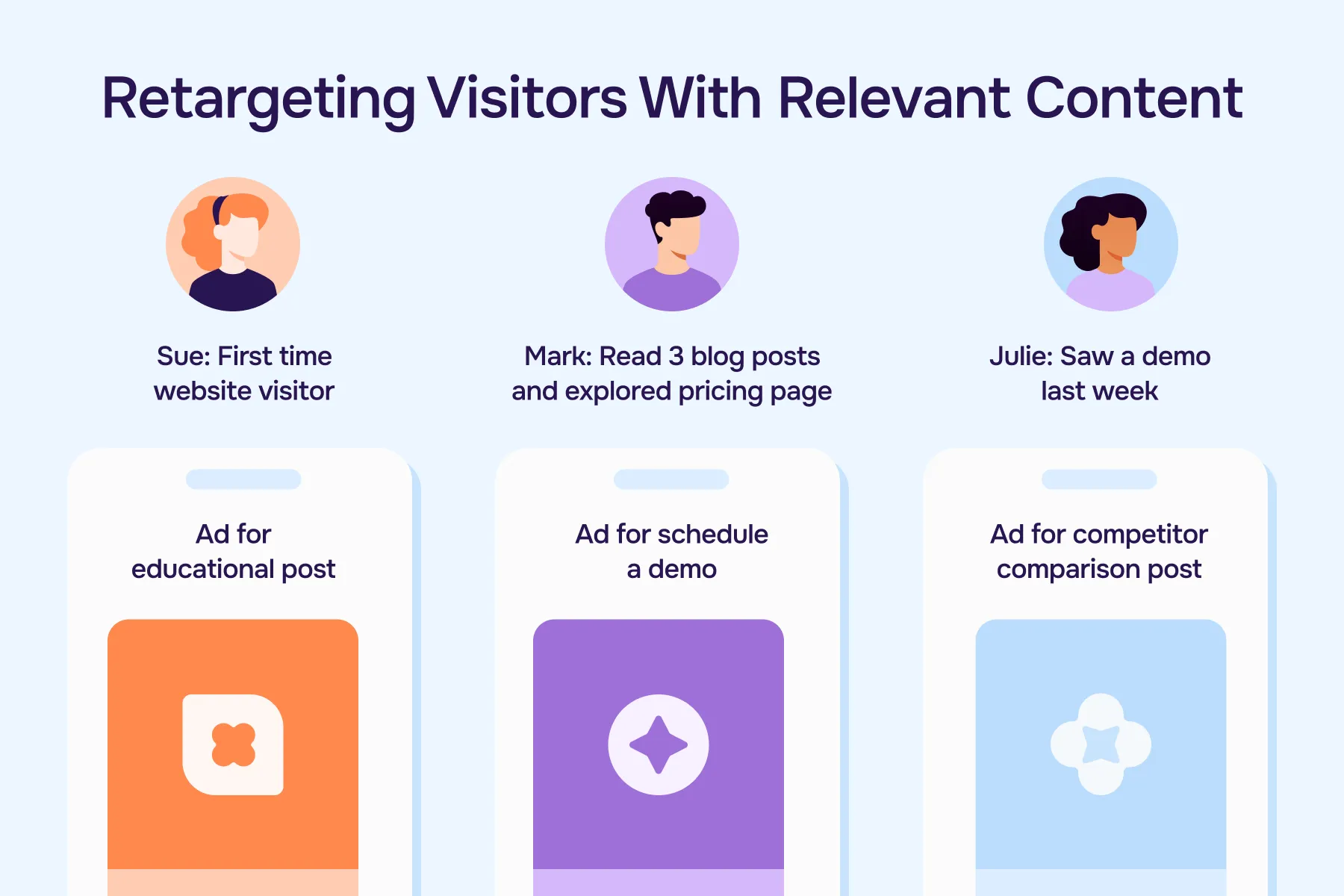
Here’s how to build a remarketing funnel that moves people:
- Stage 1: Re-engage the curious.
Target users who visited high-intent pages (like pricing or product) but didn’t convert. Use display or video ads to reintroduce your product - and spark recall. - Stage 2: Build trust with content.
Now that they remember you, feed them case studies, product comparisons, or testimonial videos. This helps address doubts and makes the value real. See top-performing LinkedIn remarketing examples from real SaaS brands for inspiration on how to structure these campaigns effectively. - Stage 3: Nudge with personalized offers.
For those still on the fence, tailor your final touch: demo invites, free trial prompts, or limited-time promos. Keep it contextual and relevant to their journey.
Done right, remarketing isn’t an afterthought, it’s your second chance to close. A good flow warms cold leads, shrinks your CAC, and boosts close rates without needing more top-funnel spend.
6. Expand Reach with New Channels and Formats
If your current channels are stalling, it might be time to zoom out. Doubling down on the same platforms won’t help if your audience is already saturated or just not active right now.
Summer is a smart time to explore new distribution angles.
- Test untapped platforms.
Try running campaigns on LinkedIn, YouTube, Reddit, or Quora, especially if your audience is technical, research-driven, or industry-specific. Even niche forums or communities can deliver high-intent traffic if the context is right. - Launch awareness-first campaigns.
You don’t need immediate conversions to justify spend. Top-of-funnel video or content ads can “preheat” your audience, planting early-stage interest that pays off later. - Create content now that fuels future campaigns.
Build out blogs, webinars, and explainer videos that answer real buyer questions. These assets not only attract attention today, they become high-performing ad creative tomorrow. Think of content as the groundwork for your next round of paid campaigns.
The takeaway: when demand dips, expansion is often smarter than pushing harder. Broaden your reach, test new angles, and meet new audiences before your competitors do.
7. Segment by Buyer Readiness
Not all SaaS buyers behave the same, and lumping everyone into one campaign is a fast track to wasted budget. Especially in summer, when some segments go quiet, it’s smarter to focus on the ones still showing signs of life.
- Tailor offers to company maturity.
Startups may respond to free trials or no-commitment demos. Mid-market or enterprise buyers care more about ROI, integrations, and proof of success. Customize messaging to speak their language. - Build lookalike audiences by firmographics.
Use data points like industry, employee count, or tech stack to create more accurate lookalikes. A tailored audience always performs better than a generic one. - Break campaigns by maturity stage.
Segment your campaigns by buyer sophistication. Newer companies need education. Mature buyers need reassurance. Align your ads to meet them where they are.
This approach isn’t just about driving traffic, it’s about speaking directly to each segment’s needs. By aligning your messaging with where each buyer is in their journey, you create relevance that moves them forward. See how we tailor LinkedIn ad strategy by buyer stage and company maturity.
8. Adjust MQL Criteria for Seasonal Realities
In slower seasons, your usual lead scoring might work against you. If you’re still judging summer leads by Q1 benchmarks, you risk ignoring valuable prospects who just aren't ready to act yet.
- Recalibrate your MQL model.
Don’t expect the same level of urgency in July as in January. Lower the threshold slightly - maybe it’s a pricing page view, demo interest, or repeat visit that signals quality now. - Sync with sales on lead quality.
Work closely with your sales team to identify signals that still matter during seasonal dips. Use shared feedback loops to refine scoring together so nothing valuable slips through. - Add firmographic and behavioral filters.
Even if intent is softer, leads from ICP-aligned companies (by size, industry, etc.) are still worth nurturing. Layer in these attributes to enrich your scoring logic.
Summer leads aren’t always less valuable, they’re just on a different timeline. Adapt your models to match, and you’ll keep your pipeline moving even when the market feels slow.
9. Layer in Intent Data to Prioritize High-Potential Accounts
When PPC engagement slows, intent signals become your edge. Platforms like G2, Capterra, and ZoomInfo track which companies are actively researching solutions like yours, even if they haven’t hit your site yet.
- Use intent data to build remarketing audiences.
Target companies already in-market, even if they didn’t convert. Serve them content that addresses their pain points directly: whitepapers, product breakdowns, or competitor comparisons. - Prioritize accounts in your ABM strategy.
Not all traffic is equal. Use buyer intent signals to move the highest-potential accounts to the front of the line. This way, your SDRs spend time on companies already showing purchase interest. - Segment and target by stage-specific behavior.
Use LinkedIn or Google Ads to run mid-funnel campaigns tailored to what users are researching. If they’re comparing vendors, show proof. If they’re early-stage, show value.
Intent data won’t replace PPC, but it’ll make every dollar work harder. Especially in quieter months, it helps you focus on accounts that are already looking.
10. Tighten the PPC → SDR → Demo Handoff
In B2B SaaS, clicking an ad is just the beginning. What happens next - how fast, how relevant, how human - makes or breaks your ROI. Especially during slower months, every lead deserves a thoughtful follow-up.
- Audit your lead response time.
Make sure your SDRs are still following up promptly. Leads cool quickly, especially if they weren’t high-intent to begin with. - Automate qualification with smart forms and chatbots.
Capture more context upfront with dynamic fields or lead-routing logic. Qualify quietly in the background, so your SDRs spend time where it counts. - Build seasonal follow-up sequences.
Not everyone’s ready to jump on a call in July. Shift the tone: less urgency, more value. Share useful content, async product tours, or light-touch check-ins that nurture trust.
Aligning PPC and sales doesn’t just improve conversion, it protects your ad spend. If your sales handoff breaks down, no amount of campaign optimization can make up for it.
FAQ
What are micro-conversions in SaaS PPC?
Micro-conversions are early-stage actions like pricing page visits or whitepaper downloads. They help train PPC algorithms when hard conversions (like demos) are too rare to optimize against.
How do I keep SaaS PPC campaigns profitable during slow seasons?
By shifting focus to mid-funnel content, maintaining brand visibility, and adjusting conversion goals, you can drive long-term ROI, even when conversions slow.
What’s the best PPC strategy for B2B SaaS in summer?
Focus on education, awareness, and engagement. Reallocate budget to content-based campaigns, and adjust MQL criteria to reflect seasonal behavior shifts.
How often should I audit my PPC campaigns?
A full audit every quarter is ideal, but summer is a strategic time to review segments, creatives, and offers while competition is lower.
How do I use intent data to improve SaaS PPC performance?
Platforms like G2 and ZoomInfo can identify companies researching your category. Use that data to create remarketing audiences and prioritize ABM outreach.
What’s a good way to align PPC with sales in a SaaS funnel?
Ensure fast SDR follow-ups, automate lead qualification, and build nurturing sequences that reflect where each lead is in their journey.
Takeaways
SaaS PPC growth isn’t about chasing hacks. It’s about using slower periods, like summer, to reset, rethink, and refocus. Here’s what matters most:
- Feed the algorithm smartly. If you don’t have enough demo requests, train it with micro-conversions.
- Stay visible when others vanish. Summer is when strategic brands build Q4 pipeline.
- Shift your budget. Move away from last-click goals and invest in mid-funnel education.
- Audit hard. Drop deadweight, and double down on segments that convert.
- Update your messaging. What worked in January may feel tone-deaf in July.
- Build full-funnel remarketing. Don’t just retarget - nurture.
- Explore new channels. LinkedIn, Reddit, and Capterra could outperform Google if tested right.
- Segment with intent. Speak differently to a startup and an enterprise buyer.
- Recalibrate MQL scoring. Adapt lead scoring models to seasonal intent levels.
- Tighten PPC-to-SDR handoff. No ad click matters if follow-up is broken.
🌤️ Summer’s Quiet - Your Growth Doesn’t Have to Be
If your PPC feels stuck in learning mode or your pipeline's drying up when everyone else goes quiet, that’s your signal. At Aimers, we help SaaS and tech brands turn slow seasons into strategic advantage with smarter targeting, better spend, and campaigns that convert.
Let’s make your next quarter your best one yet.
👉 Book your free strategy session








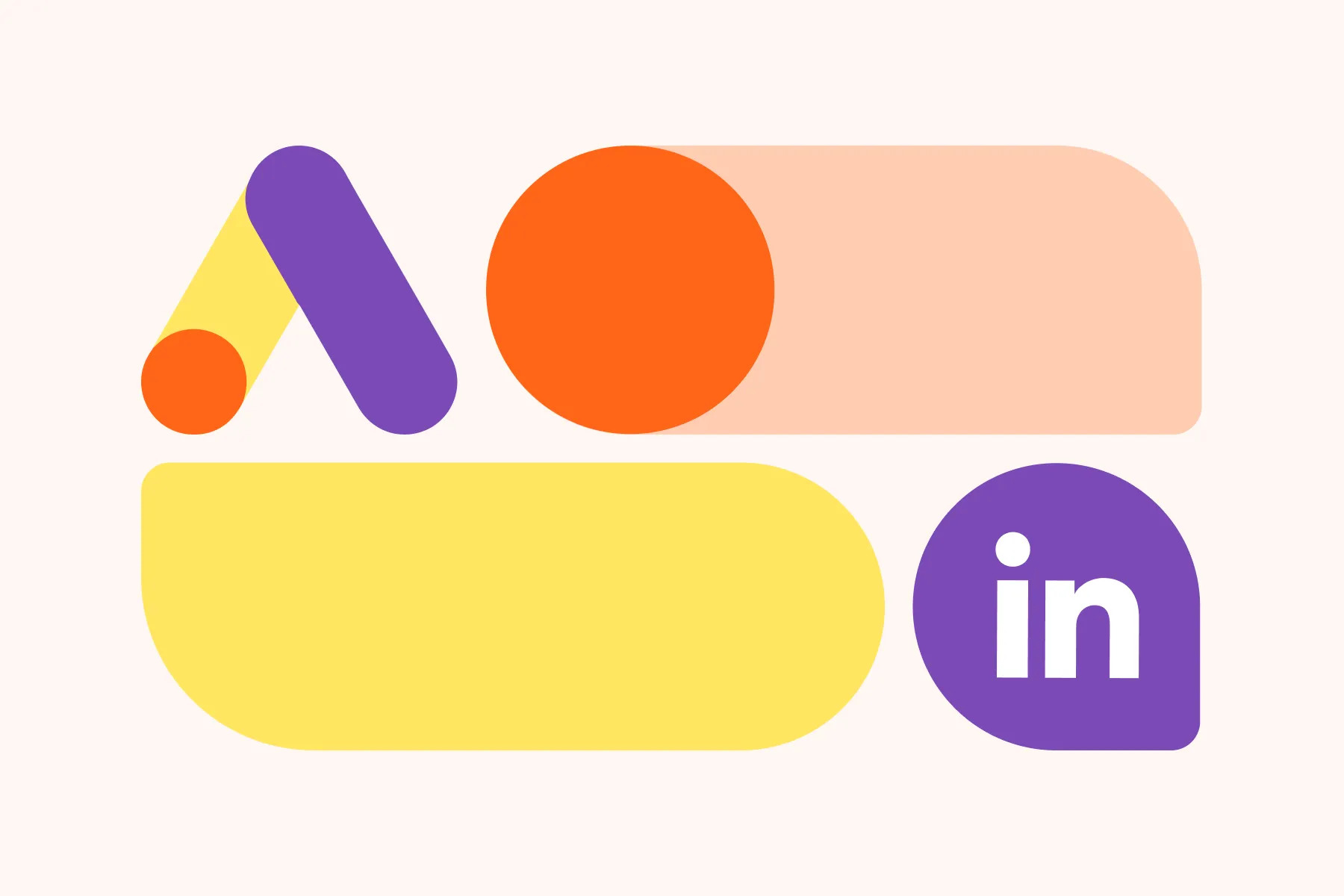
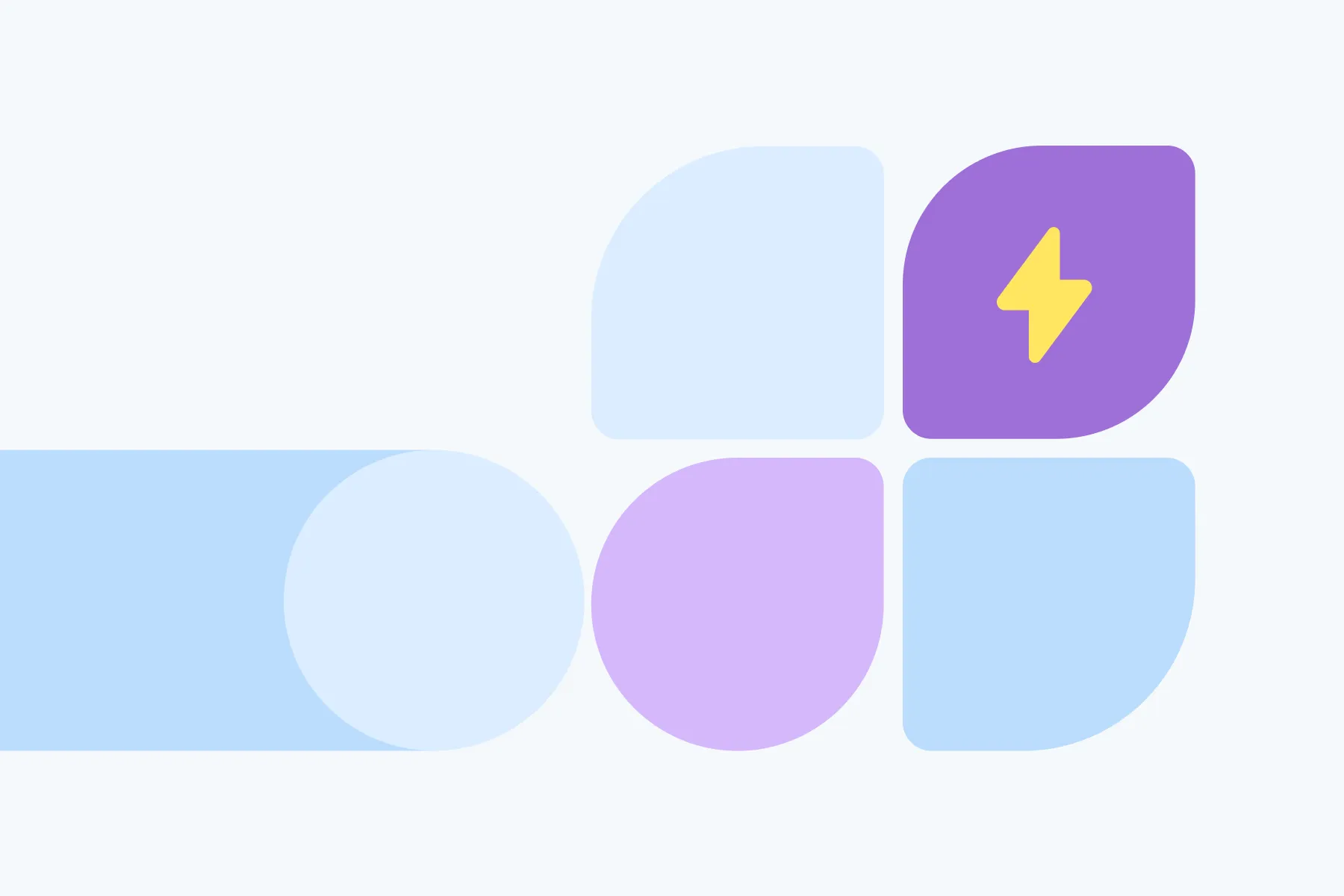
.png)

